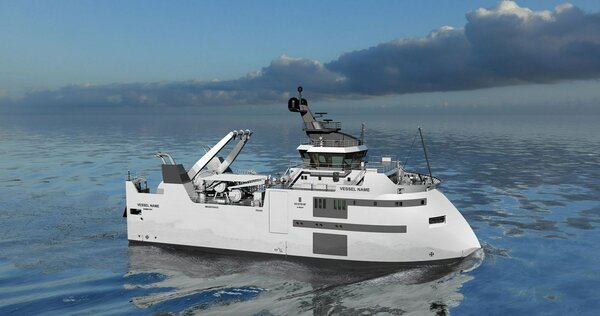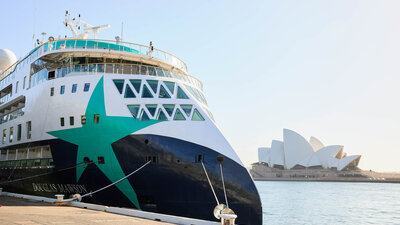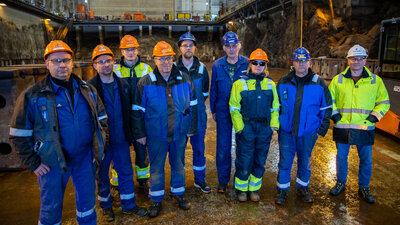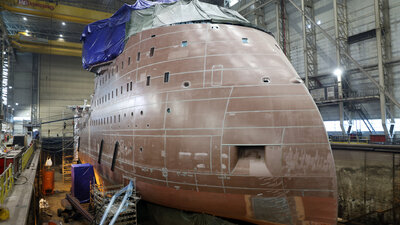SDG 3 Good health
- More careful handling of the fish leads to higher quality fish fillets.
- The factory on board is equipped with hydrolysis for the recovery of health-promoting oils and nutrition such as calcium.
SDG 9 Industry, Innovation and Infrastructure
- Upgrade of technology and solutions for a more sustainable marine industry.
- Concept for profitability in a global market perspective.
SDG 12 Responsible Consumption
- Smaller trawl nets lead to more gentle handling of the catch. Pressure on the fish is avoided and prevents fish from being detained in the catching process, thus less waste.
- Hydrolytic plants in the factory ensure the effective use of all bimaterials of the fish. Zero waste emissions.
SDG 13 Climate Action
- Hybrid propulsion combining battery with diesel-electric and diesel-mechanical propulsion, reduces emissions to sea and air.
- X-BOW® increases load capacity and space, and reduces fuel consumption and emissions.
SDG 14 Life Below Water
- Ships carrying the X-BOW feature have less vibrations and pitching, which reduce noise in the sea.
- The new series has smaller trawl nets than on traditional trawlers. This secures a more responsible and sustainable harvesting of our marine resources.
SDG 17 Partnership for the goals
- The series has been developed in collaboration between Ulstein and Nordic wildfish with a goal of more sustainable trawling.
- Sharing knowledge and experience to exploit new technology and innovate in fishery and marine industry.



